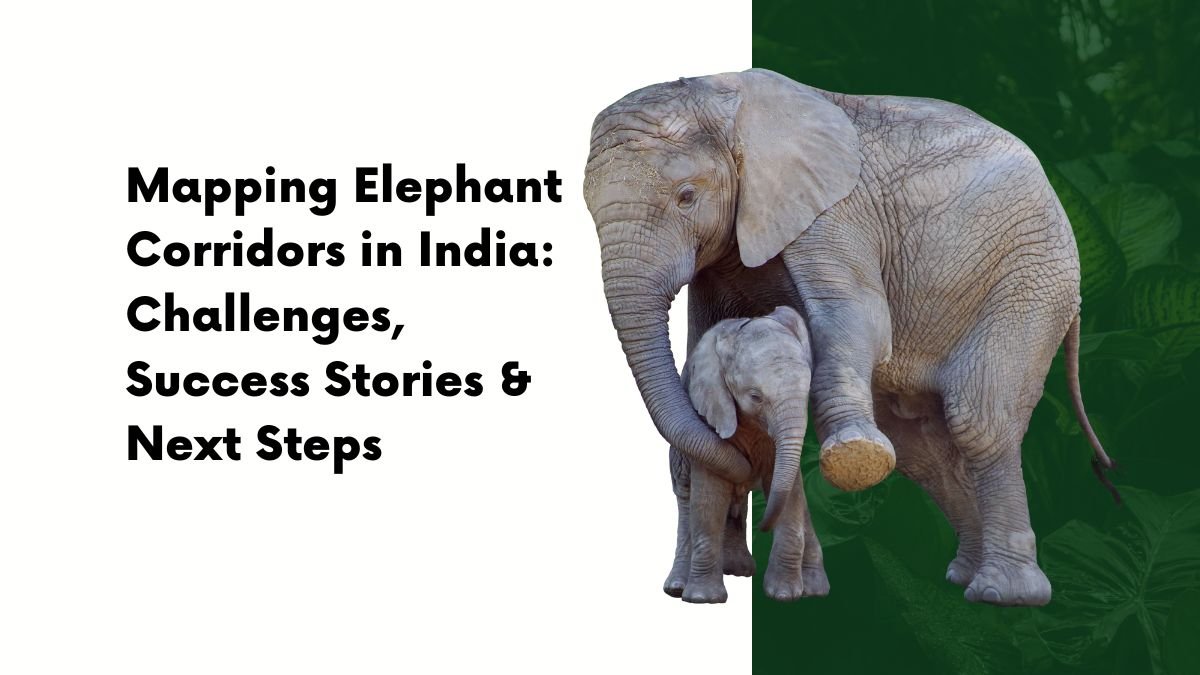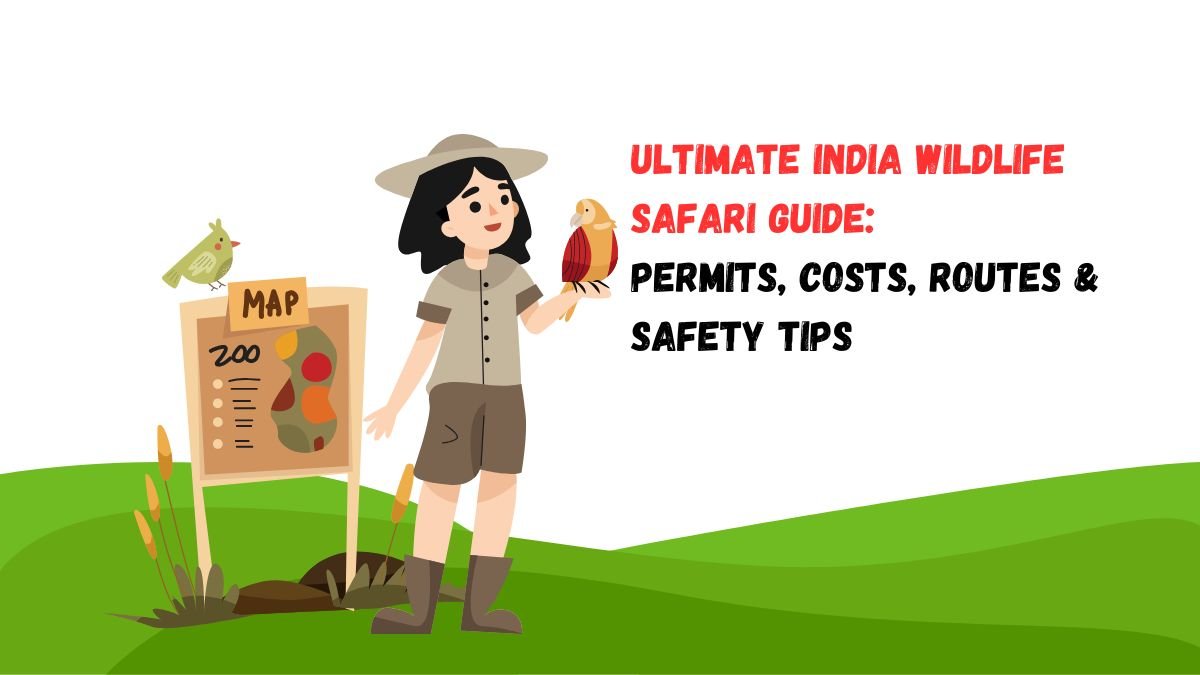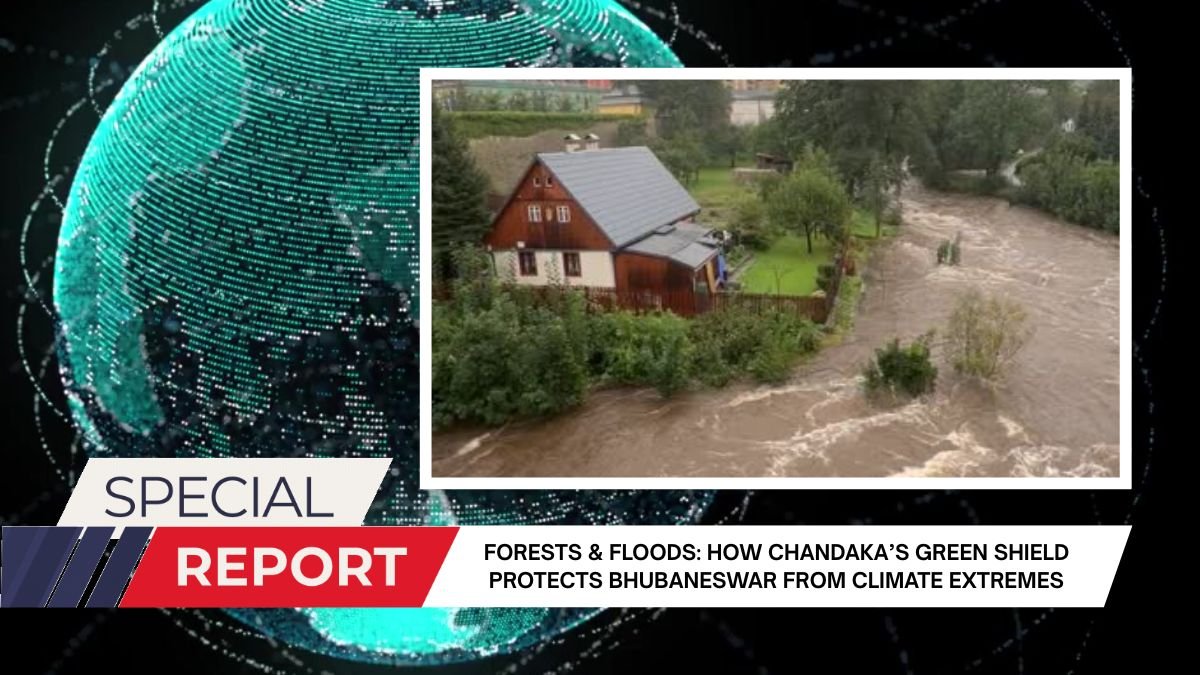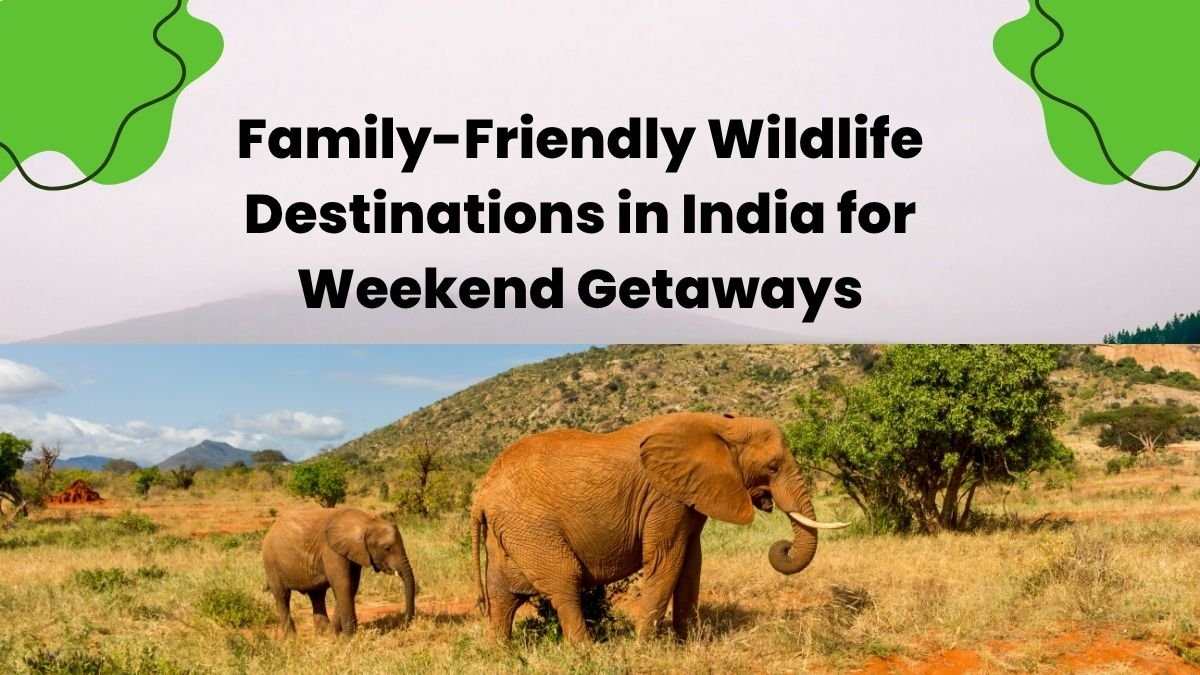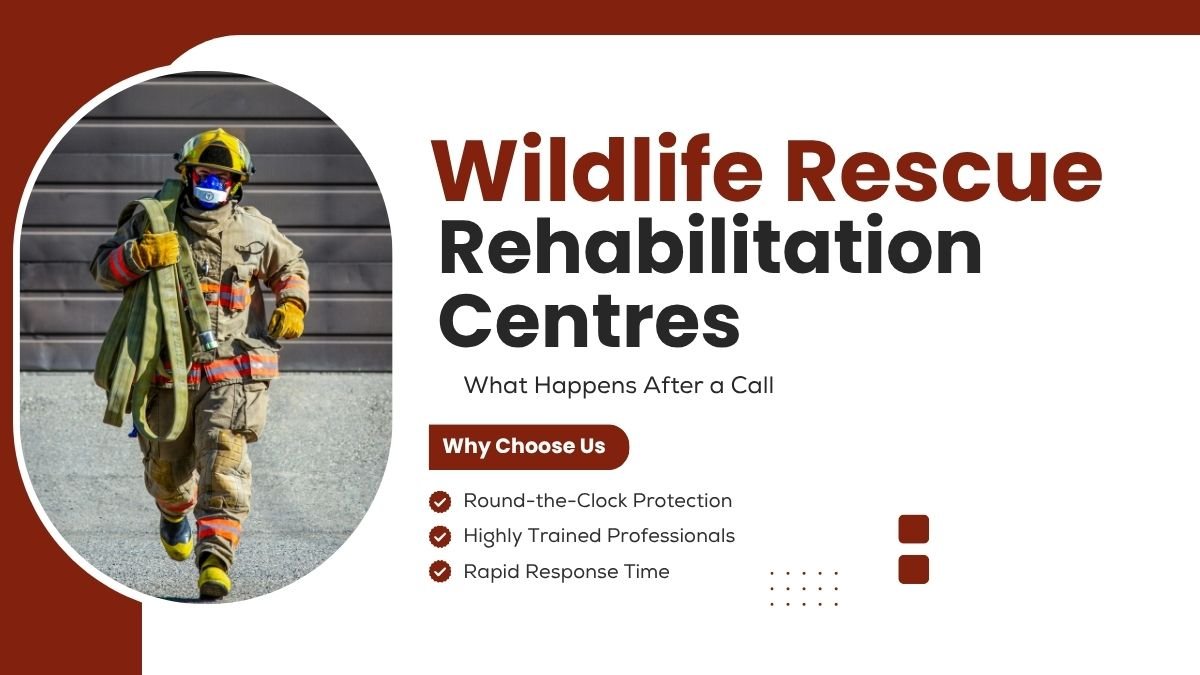One of the most vital element protectors in India is the elephants in nature. These magnificent beings roam in different natural habitats: they live in forests, riverbanks, hill stations, sometimes even in agricultural fields. These animals have to move for food, water, and even socializing. Thus, corridors are called elephant corridors- the safe routes they travel from one forest to another. But these corridors are currently fragmented due to threats. In this article, we will learn how these routes are mapped, what are the difficulties, what have been successful attempts, and what steps we should take next.
1. Why is it important to map elephant corridors?
- Prevention of closure: When forests are fragmented into smaller forests, elephants enter human areas. It even causes the destruction of crops, might sometimes take lives of people, and even elephants.
- In terms of gene diversity: They cut off different elephant groups so that they do not get mixed up with each other, consequently weakening their species diversity.
- Maintaining natural routes: Elephants have been following these routes since time immemorial—information about them comes from tribal communities and forest dwellers.
2. Challenges: Obstacles to corridor mapping
2.1 Human–wildlife conflict
As villages expand, forests near villages are also cut down. Elephants suddenly come into fields, and farmers suffer huge losses. There is conflict over how to keep elephants away.
2.2 Impact of infrastructure
Roads, railway tracks and industrial development have obstructed many traditional routes. Once a railway line is laid, elephants cannot cross it—making their lives difficult.
2.3 Lack of data
There is not much research on elephant movement, marching time, routes. The less data, the more unclear the corridor.
2.4 Administrative and political hurdles
Sometimes different departments do not coordinate. It is difficult to bring the forest department, rural development department, panchayat—all together. This delays the start of the project.
3. Success stories: When the efforts paid off
3.1 Project Elephant
Started in 1992, this government scheme identified many elephant routes and created protected zones. With its help, corridors have been created in states like Assam, Karnataka, Tamil Nadu.
3.2 Community engagement
The villagers, for example, near Chamarajanagar, Karnataka, used to keep their fields away from elephant pathways. They would plant their own ropes, practice organic farming near the forest in peace, and accept elephants. This reduced conflict.
3.3 Technological advancements
GPS tracking has helped in understanding the elephants’ movements. Remote sensing (high-resolution satellite images) shows when a forest is green and when it has withered. This gives us a direction as to where corridors need to be built.
4. Way Forward: Corridor Protection Strategy
4.1 Strengthening Policy
The government should formulate a strong policy for elephant corridor protection. Budget, ground network, local administration – all should be involved. This action should have immediate impact.
4.2 Involve the community
Local people are the ones who move with the forest. If they are included in conservation plans, farmers are supported financially, they themselves start finding ways to live with elephants.
4.3 Research and monitoring
Continuous studies are needed – how elephant groups move, how they behave with changing weather. This can improve planning.
4.4 Collaborative
The government, NGOs, forest department and local communities should work together to protect the corridor. This will help in using resources more effectively.
5. Example: Corridor success in Assam and Karnataka
Assam elephant corridor
Assam has a path connecting Bahusthan forest (along Brahmaputra) to Kaziranga NP from Manas NP. Villagers have put up neem fencing along the farmland and shouting or bursting crackers at night will drive the elephants back to the forest.
Elephant movements are tracked using GPS, and the data shows which villages were at risk when—this keeps channelization active.
Karnataka’s corridor model
The village of Bruhethikarana in Karnataka did not allow timber to get in the way of elephants, they built organic farms, kept elephants away from food, and villagers encouraged forest conservation.
These efforts led to the local administration declaring a corridor zone, changing the road plan and allowing elephants to cross safely.
6. Things to understand going forward
What do the data show?
- How much forest has been fragmented
- How many elephant groups have been split into different ranges
- How many villages are affected
- How often does conflict increase or decrease over a period of time
Has the habitat improved?
If elephants used to come into villages, and now only roam in the forests, then the corridor has been effective.
Local attitudes
Do communities now view elephants with disdain or respect? How has their culture changed?
7. Next Steps
- Adopt new technology: Understand where elephants come the most through GPS tracking, satellite imaging and AI modeling.
- Revisions in roads and development projects: New roads should not be built along the corridor, bridges/high bridges should be built.
- Awareness drives: Discussions on elephant conservation in schools and panchayats, environmental education will bring change in people.
- Social funding and tourism: Give revenue sharing to local people in forest tourism, so that they get economic benefit from saving forests.
- Compensation and insurance scheme: If elephants destroy crops, farmers should get immediate compensation, so that there is no violent reaction.
Conclusion: Both elephants and humans need to cooperate
The world doesn’t stand any chance to know the environment well unless the biodiversity is protected. Protection of elephant corridors will contribute to nature balance and human-wildlife harmony.
If we adopt the right strategy and involve community participation along with modern technology and policy strengthening—then a possible future world where humans and elephants live safe and respected future. Protecting corridors is not just protecting forests, but it is actually the birthplace of our next generation.
